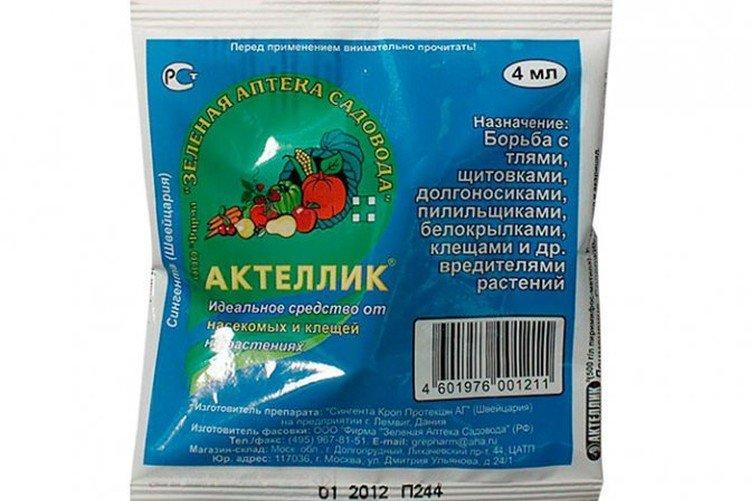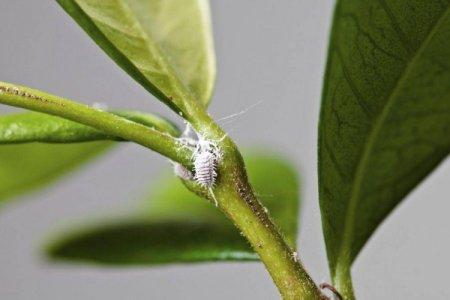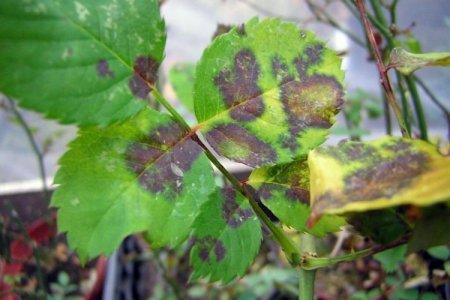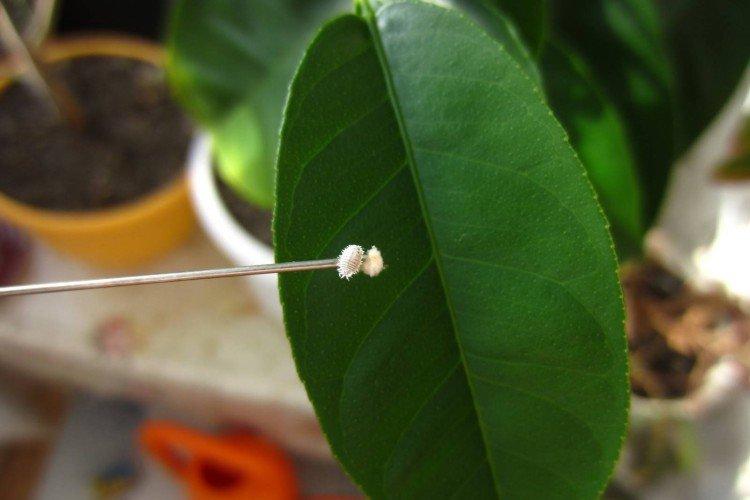
Does a whitish coating appear on indoor flowers, similar to wax or flour? Most likely, it is a mealybug. But don't be in a hurry to panic or get upset. It is not so difficult to deal with it, especially since we have already found the best ways and means. And at the same time we will tell you about plant prevention!
Mealybug: what it is and how it looks
Mealybug is a pest that settles on plants and sucks juices out of them. Because of this, the growth and development of the flower slows down. Moreover, the worm can settle in any flowerpots, from cacti to azaleas or orchids.
Outwardly, it is a nimble small bug covered with a whitish bloom. Most often they are collected in groups at young shoots, buds or on the back of leaves. Some species can even infect the root system of the plant.
Small larvae actively move along the stems until they find where to suck. Adult insects reach several millimeters in size and actively reproduce. Most often, the worm comes from nearby affected plants, for example, in a flower shop. But sometimes the larvae can even be blown away by the wind.
Fortunately, mealybugs are generally easy to spot and identify. White bloom appears brightly on a green background. Therefore, we recommend that you periodically carefully inspect all the flowerpots. The next stages of the lesion are sticky sugary secretions and sooty fungus.
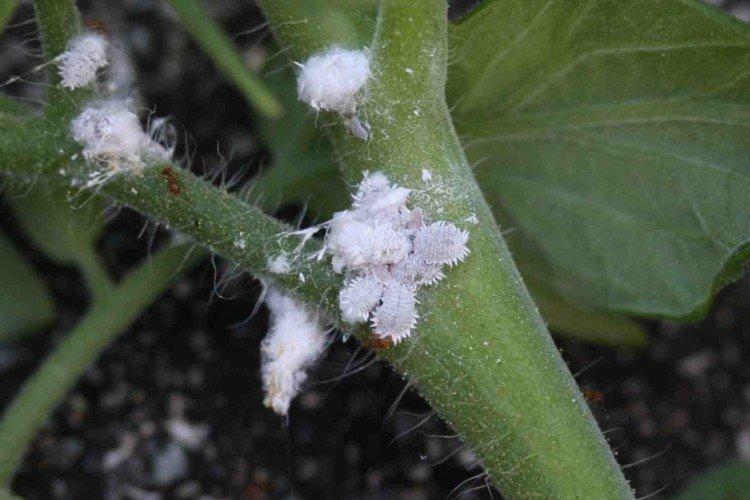
Prevention of plants from mealybug
Mealybug prevention is extremely simple. New flowerpots must be quarantined separately from other indoor flowers for at least a couple of weeks. It is advisable at the same time to treat them with antifungal drugs and insecticides.
It is imperative to monitor the cleanliness and order in the flowerpots, remove dry leaves and shoots in time. And also - wash and spray those flowers that need it. After all, flower shops sell special fertilizers in sprays right away with protective additives.
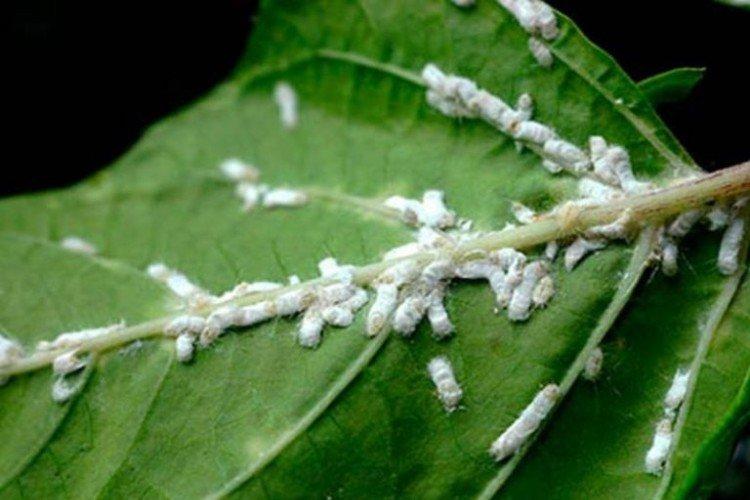
How to get rid of: folk remedies
In the early stages, getting rid of the worms is fairly easy. You need to thoroughly clean the plant with a cotton pad, stick or soft brush. Alcohol and alcoholic tinctures or soapy water will do. Next, we'll tell you what to do in each specific case!
Mealybug on orchids
Orchids are very delicate, so they need gentle and gentle methods. Move the affected flowerpot away from the rest and thoroughly wipe the entire ground part of the plant with a mild soapy solution. Use a soft sponge and brush in hard-to-reach places. Then spray the orchid with tobacco infusion (80 g per liter of water) three times at weekly intervals.
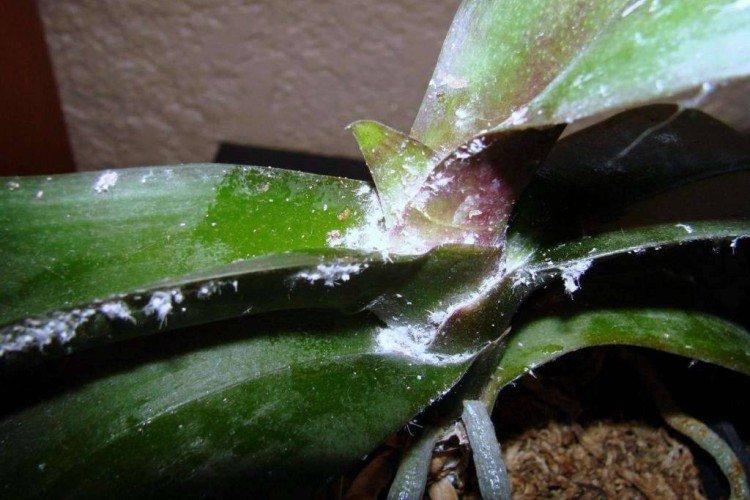
Mealybug on cacti
On cacti, the worms most often settle at the roots or on the young crown. The same goes for succulents. The true symptoms of parasites are slow growth, unreasonable dying off of young leaves and brown streaks at the bite sites.
In the case of unpretentious cacti, hot water of about 45-50 degrees is enough. You need to carefully rinse the plant under the stream along with the roots and brush off all the parasites with a brush. If there are very few pests, first try to treat the places of their localization with a garlic solution. Mash 25 g of garlic, pour a liter of boiling water and leave overnight.
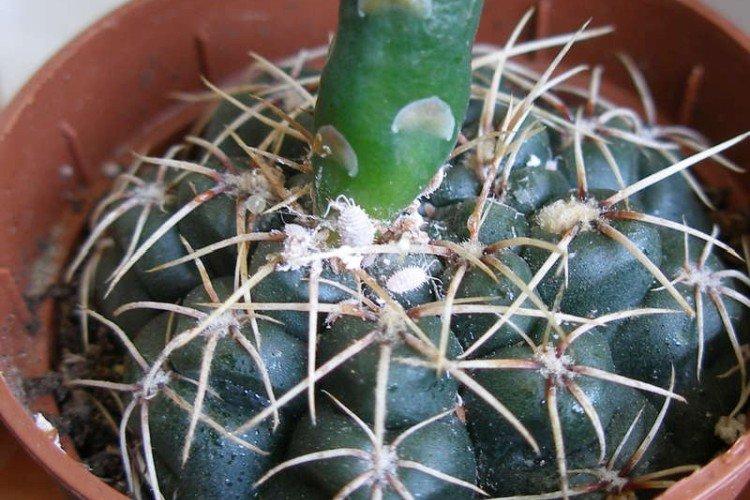
Mealybug on violets
Spotting mealybugs on violets can be problematic, because here they are also hiding at the roots. With a small lesion, you can try orange infusion: pour boiling water over the dry peels and leave for several days. Repeat spraying 3-4 times at intervals of 2-3 days.
In a more advanced case, we recommend not experimenting with folk methods and immediately using one of the professional drugs. If this does not help, you will have to get the violet out of the pot, thoroughly clean the roots and process the entire lower part. And then transplant it into a fresh disinfected substrate.
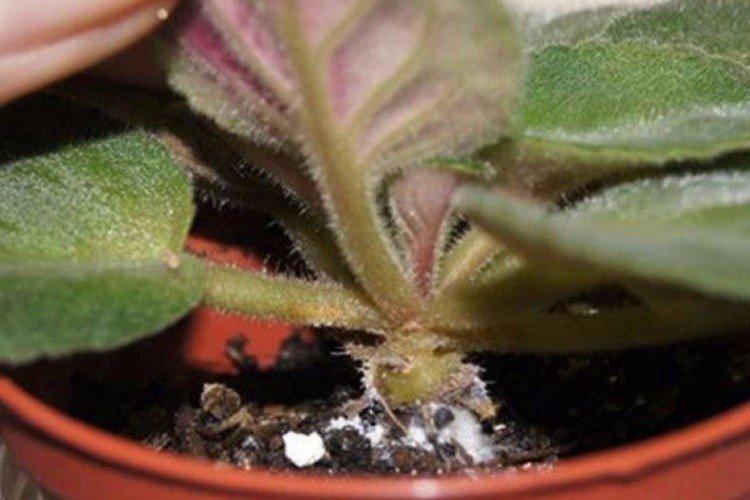
Mealybug on ficus
First, remove any visible pests with a cotton pad or stick in a mild soapy solution. It is better to remove the most damaged parts of the plant altogether. To find the worms that have managed to hide, leave the flowerpot in a warm, damp place - and soon they will crawl out to the surface.
A special green potash soap is suitable for processing ficus. About 15 g of shavings are needed per liter of water, and the treatment is repeated three times. If there are not too many worms, wipe the damaged areas with a cotton pad in an infusion of calendula.
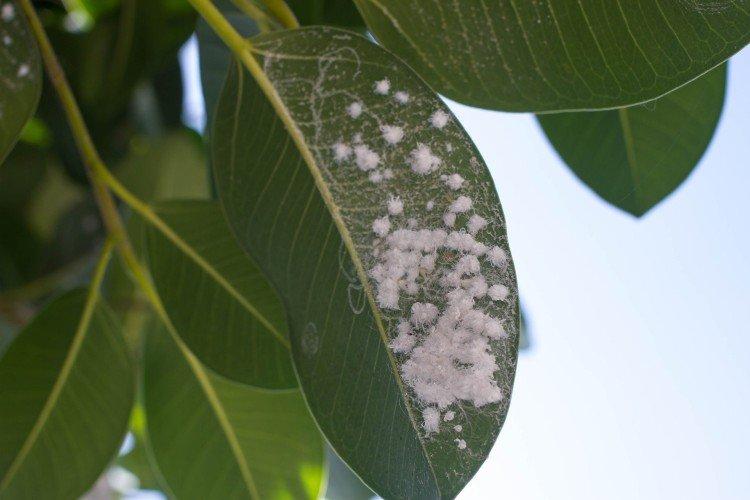
Mealybug on Dracaena
If there are only a few individuals, remove them from the leaves and treat with a weak alcohol solution. It is convenient to use a cotton swab or toothpick to remove it again. In addition, calendula tincture is also suitable here, with which it is enough to wipe the damaged areas.
On dracaena, spraying with an alcohol-soap solution works well - 10 ml of liquid soap and 10 ml of alcohol per liter of water. By the way, if there is an alcohol-based skin lotion, you can try it. Finally, the leaves are treated with olive oil - 2 tablespoons per liter of water.
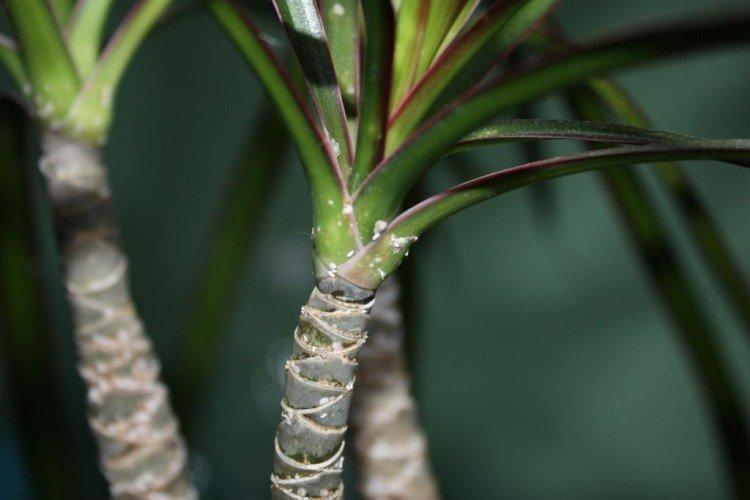
Mealybug chemicals
The easiest way is to use special tools. They usually have a complex action, so they will help from other uninvited guests as well. In addition, modern formulations contain various useful components for indoor plants, so stereotypes about terrible chemistry have long had nothing to do with reality.
Fitoverm
It is a very popular, effective and low-toxic preparation that is ideal for indoor plants. Due to its biological origin, it practically does not pose a threat to humans and pets. To use, you need to dilute the concentrate with water and spray the plant. Usually the procedure needs to be repeated up to 4 times, but be sure to follow the instructions.
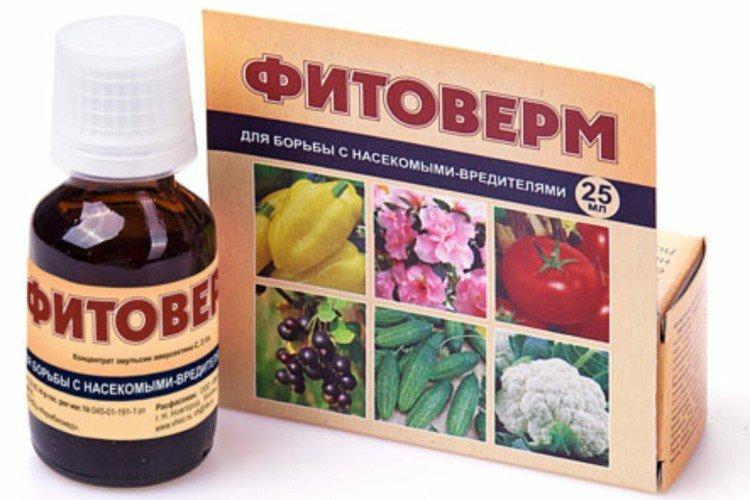
Aktara
This is a complex insecticide that is also used for spraying. It can also be bred for watering against root pests. For greater reliability, we recommend combining both methods and repeating the procedure 2-3 times.
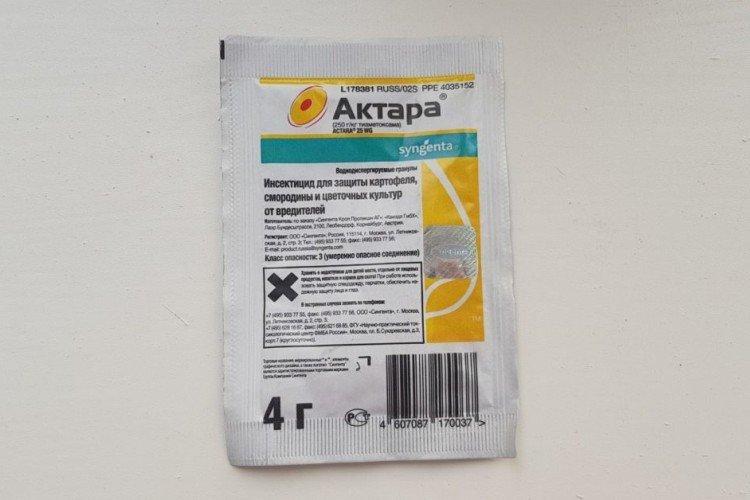
Biotlin
It is an intestinal contact insecticide that was originally developed for horticultural plants. But it also shows excellent effectiveness against mealybugs. The active ingredient in the composition is quite dangerous, so carefully observe the dosage and precautions.

Confidor
This drug is completely harmless to indoor plants, but the pests die within a few hours. It is found in the form of granules and liquid concentrates. It is necessary to dilute it in settled water and spray the plant along with the soil. A weaker solution can also be used for watering.
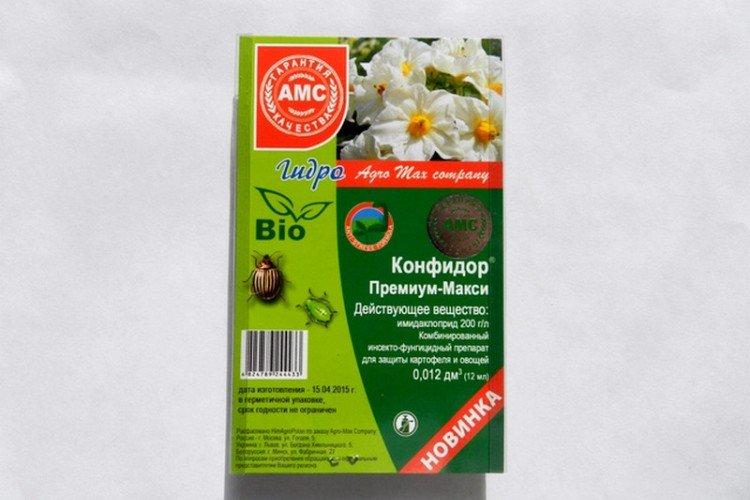
Actellik
It is a strong concentrated drug that is most commonly found in ampoules. It has a number of contraindications, and you can only work with it outdoors, so you will have to take the flowerpots out to an unglazed balcony or street. But Actellic is very effective in cases of severe and advanced lesions.
